Every so often, the tech world develops a game-changing innovation. This time around, 5G is taking all of our attention, and it will hold it for a long time.
As usual, you know about 5G being the new trend, but you don’t know what 5G is. U.S. carriers, especially, caused further confusion. For example, AT&T calling its 4G network 5G Evolution is bound to create confusion for less-informed consumers. When phone carriers are not peddling the wrong information, websites bore you with technical jargon, and you give up on learning about 5G.
Here, you will get a detailed breakdown of what 5G is, how it works, the different types, which carriers currently provide 5G and at what rate, what mobile devices currently use 5G, and applications of 5G.
Let's begin.
What is 5G?
5G means fifth-generation cellular wireless. It is expected to take over from the current 4G LTE connection, or at least, complement it. 5G is expected to give you 10X faster download and upload speeds, and a decrease in communication time (latency) between wireless networks.
How does 5G Work?

Similar to other existing cellular networks, 5G networks use a system of cell sites that are divided into sectors and send encoded data through radio waves. 4G LTE uses an encoding similar to the OFDM used by 5G networks. Most 4G channels are 20MHz joined together to make up to 160MHz at a time, however, 5G channels get up to 100MHz, and even 800MHz (as is the case with Verizon) at a time. Lower frequencies have always been used by 4G, satellite firms, TV stations, and even the military, whilst most of the higher frequencies have been left unused. 5G networks juggle much smaller cells that can change size and shape than any other system, and as such, they require smarter ways to become efficient. With faster speed and lower latency being the desired goal of having 5G, standards aim at 20Gbps speed and 1ms latency, the point at which 5G becomes more interesting.
However, unlike LTE, 5G runs on three spectrum bands.
Low-band spectrum - it is sometimes called the 1GHz spectrum and is used primarily by U.S. carriers for LTE. The Low-band spectrum gets you a wider coverage area and wall penetration, but its peak data speed is about 100Mbps.
Currently, T-Mobile tops the low-band spectrum hierarchy after they picked a 600MHz spectrum in an FCC auction in 2017. It has used it to build its 5G network nationwide.
Mid-band spectrum - unlike low-band, mid-band spectrum gives faster speeds and lower latency. One of its failings, however, is its inability to penetrate buildings. Peak data speed is about 1Gbps.
Sprint is the one carrier in the U.S. having the majority of unused mid-band spectrum. They make use of Massive MIMO (it groups multiple antennas onto one box on a single cell tower, and it uses this to build multiple simultaneous beams to different users) to improve penetration and coverage area. There has also been news of Sprint planning to use Beamforming to enhance the 5G service on the mid-band spectrum by sending a single focused signal to each user in the cell, and the systems monitor the signals for each user to ensure they are consistent.
High-band spectrum - it is also referred to as mmWave. While it provides the highest speed for 5G, as high as 10Gbps and very low latency, the high-band spectrum has a low coverage area and poor wall penetration.
The high-band spectrum relies on small cells (low-power base stations) that cover limited geographic areas but combines beamforming to improve coverage. AT&T, T-Mobile, and Verizon are all into high-band spectrum, piggybacking off LTE while they build out their nationwide 5G network.
These are some of the standards set by 3GPP in correspondence with IMT-2020 performance targets.

Peak data rate: (for users with dedicated connection) up to 20Gbps downlink rate and 10Gbps uplink rate per mobile base station.
Real-time speed: this is the actual speed most users will get; 100Mbps download speed and 50Mbps upload speed.
Latency: Latency is the time data takes to travel from one point to another. Ideally, it should be 4ms (4 milliseconds), but it can go as low as 1 millisecond.
Efficiency: the radio interface should be able to switch to a low-energy state within 10ms when no longer in use.
Mobility: while a wide range of antenna movements at very high speed is easily achieved on LTE networks, to get base stations for 5G network to support movement between 0 to 310mph would be challenging for the millimeter-wave network.
Spectral efficiency: it is simply optimizing the use of spectrum or bandwidth to get the maximum amount of data transmitted with little transmission error. 5G is expected to come at 30bits/Hz downlink and 15bits/Hz uplink, which is an improvement over LTE.
Connection Density: 5G is expected to support 1 million connected devices per square kilometer. This would count a lot for future developments in IoT.
What is 5G capable of?

Improve broadband: one of the immediate uses of 5G is to morph our interaction with technology daily, but more importantly, it improves mobile broadband. Currently, 4G does not have enough capacity to satisfy the huge data requirements homes will now need. Users in cities experience slowdowns during the busy hours of the day. 5G will provide more spectrum in bands like never before used in commercial broadband traffic.
Internet of Things: 5G’s low-latency and consistent speed will have a massive effect on IoTs. Currently, some sensors communicate with each other, but they consume resources and deplete LTE data capacity very fast. For example, augmented and virtual reality on mobile phones will now become seamless and available to everyone. From the comfort of your home, you can walk from room-to-room while you inspect real estates.
Automated Driving: at the moment, driverless cars are expected to be stand-alone vehicles. However, with the rolling out of 5G, it is expected that future generations of automated vehicles will interact with other cars and smart roads. Imagine cars exchanging small packets of information instantly with each other. 5G’s 1-millisecond latency comes into play here, the packet of data can move directly between two cars or move from a car to a small cell on a lamppost and jumps to another car, all within 1-millisecond of processing time. All of these are done to improve safety on roads and manage traffic.
Health care: telemedicine, remote recovery, precision surgery, remote surgery, and physical therapy via AR are some of the few areas in health care that will be greatly influenced by 5G using its ultra-reliable low latency communications (URLLC) component to further reduce latency on 5G. Massive Machine-Type Communications, mMTC will as well help hospitals create massive sensor networks for patient monitoring and smart pills prescription.
Where can you get 5G now?
Your ability to use 5G right now depends on your neighborhood as not all neighborhoods have 5G access at this time. You should know that to build out 5G networks will take several years, however, all major U.S. carriers have 5G available in some areas.
AT&T: has a low-band 5G system in 16 cities available for everyone, and high-band 5G systems in 21 cities for business customers only.
Sprint: Sprint works with the mid-band network covering 16 million people in 9 metro areas. You should expect more coverage from Sprint based on its merger with T-mobile.
T-Mobile: T-Mobile currently has a nationwide 5G network using the low-band frequencies. According to T-Mobile, its 5G network is expected to serve over 1.9 million in-home wireless broadband customers by 2021.
Verizon: in the race to be the first carrier to provide 5G, Verizon offered pre-standard fixed 5G in October 2018 available in some parts of Houston, Indianapolis, Los Angeles, and Sacramento. However, the carrier has also begun to provide mobile 5G, and it is available in certain cities, including New York and Los Angeles.
What 5G Phones can you buy right now?
Smartphone manufacturers caught onto the 5G trend early enough to manufacture 5G-enabled smartphones for their customers. These are some smartphones that support 5G. Samsung Galaxy (Note 10 5G, S10 5G, Fold 5G, A90 5G, S20 5G, and S20 5G series), LG V50 ThinQ, Motorola (Moto Z4 with 5G Moto Mod, and Moto Z3 5G Modo Mod), OnePlus (7 Pro 5G and 7T Pro 5G McLaren), Huawei (Mate X and Mate 20 X 5G). Oppo Reno 5G, Xiaomi Mi Mix 3 5G, and ZTE (Axon 10 Pro 5G, and Nubia X 5G).
You should expect more updates on the 5G network and how it would improve technology immensely.
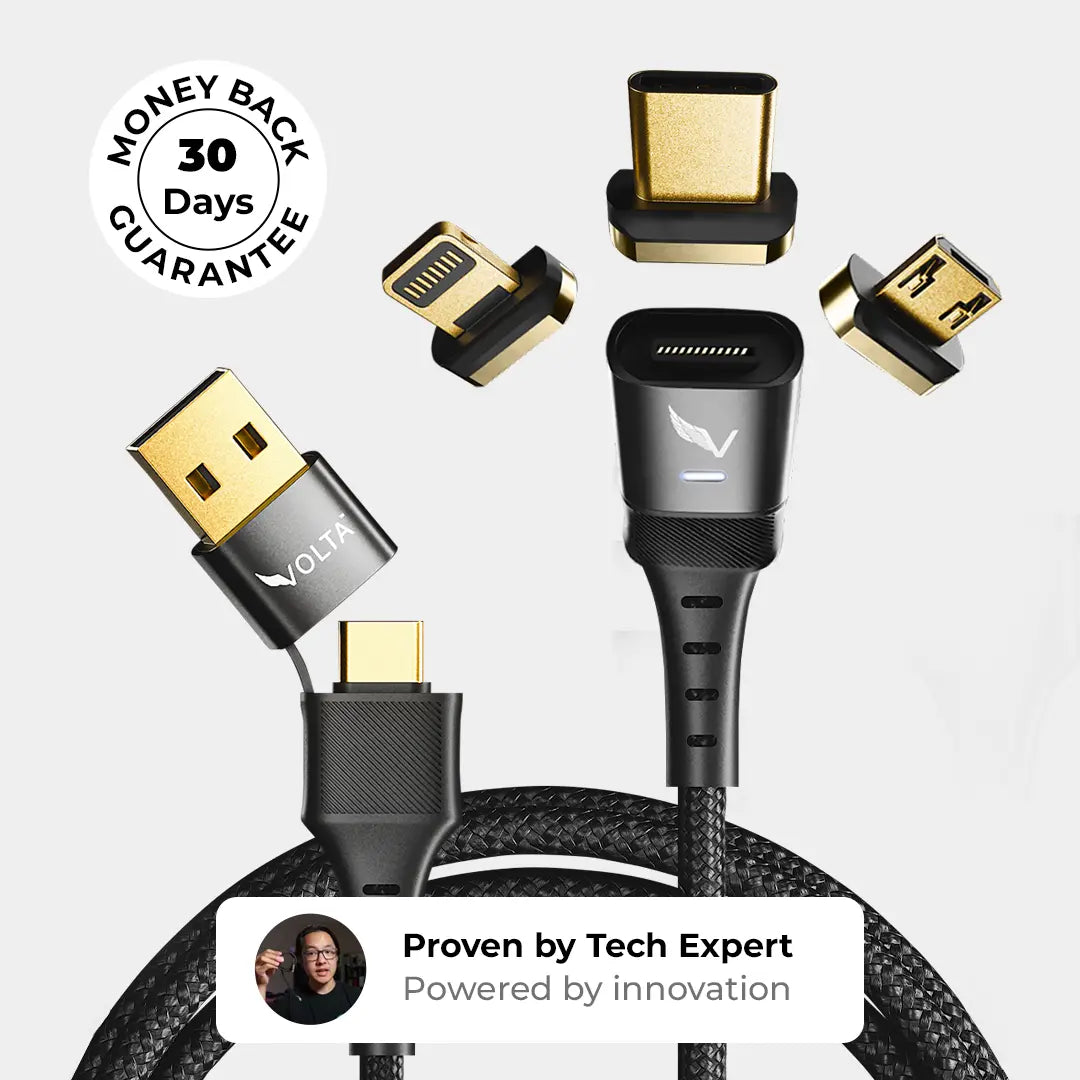
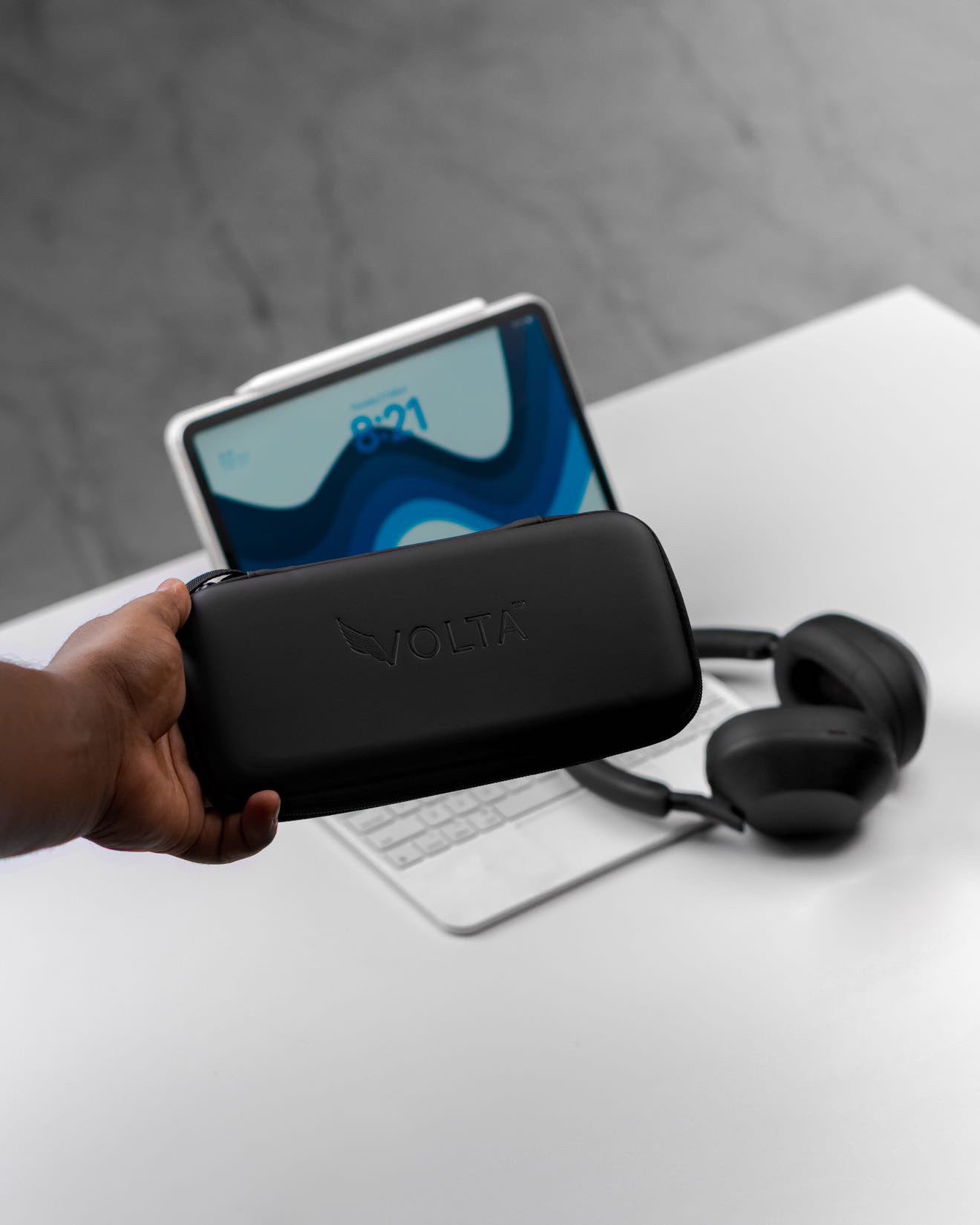
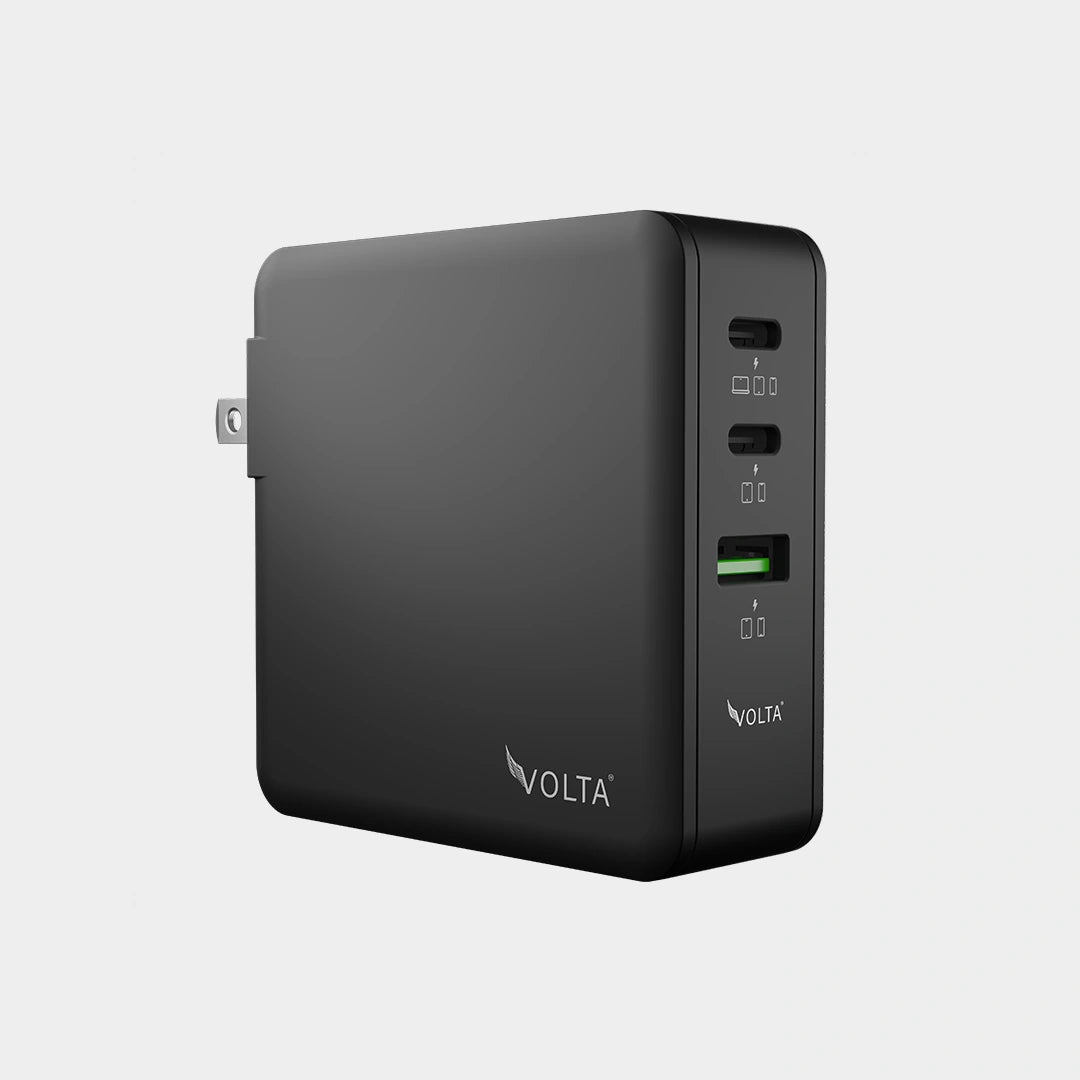
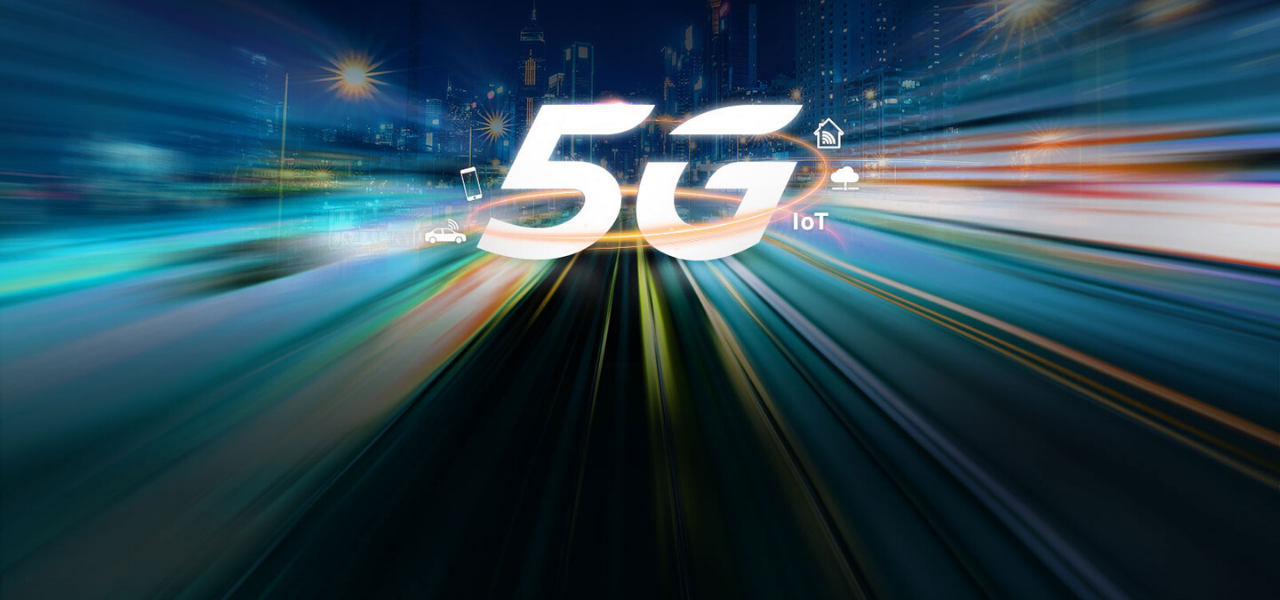
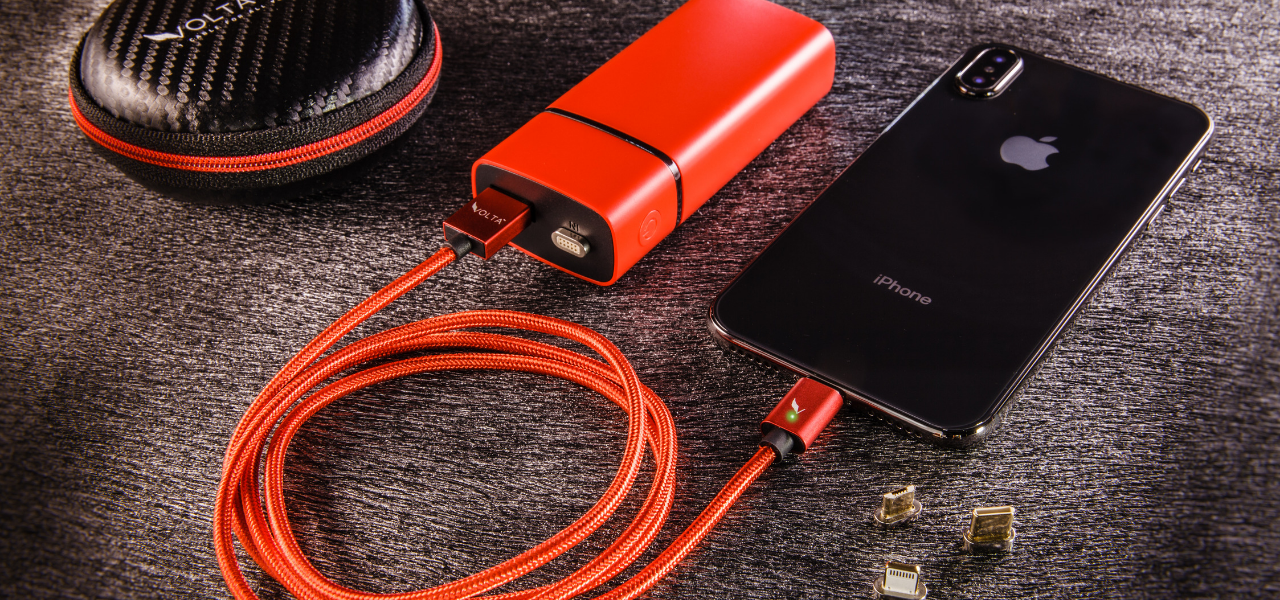
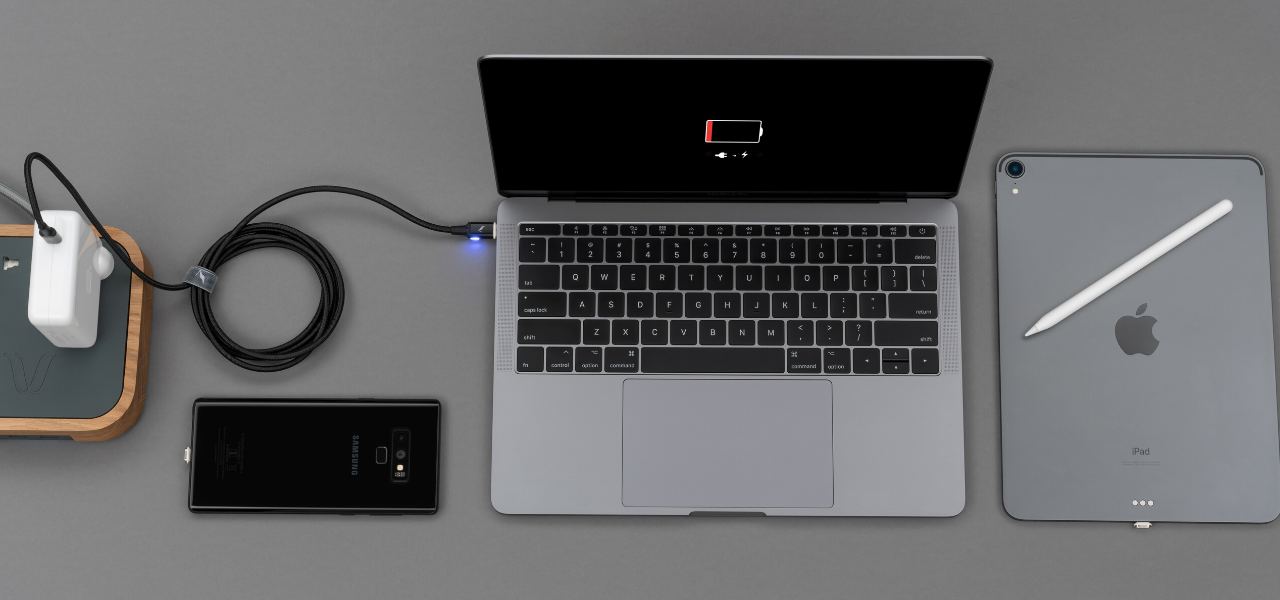
Leave a comment
This site is protected by hCaptcha and the hCaptcha Privacy Policy and Terms of Service apply.